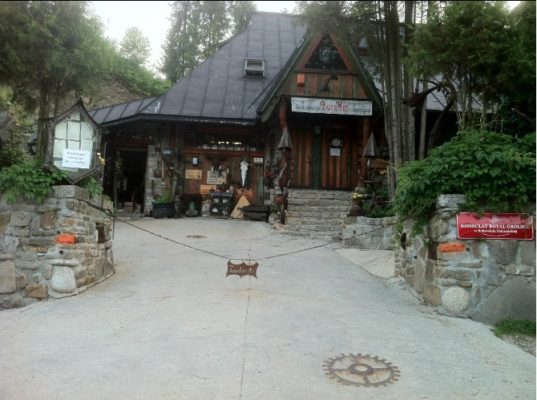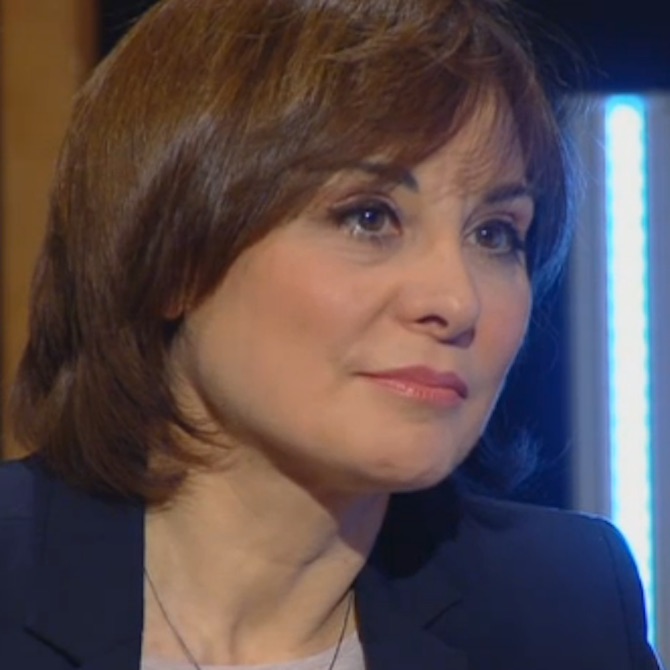Search
To search for an exact match, type the word or phrase you want in quotation marks.
A*DESK has been offering since 2002 contents about criticism and contemporary art. A*DESK has become consolidated thanks to all those who have believed in the project, all those who have followed us, debating, participating and collaborating. Many people have collaborated with A*DESK, and continue to do so. Their efforts, knowledge and belief in the project are what make it grow internationally. At A*DESK we have also generated work for over one hundred professionals in culture, from small collaborations with reviews and classes, to more prolonged and intense collaborations.
At A*DESK we believe in the need for free and universal access to culture and knowledge. We want to carry on being independent, remaining open to more ideas and opinions. If you believe in A*DESK, we need your backing to be able to continue. You can now participate in the project by supporting it. You can choose how much you want to contribute to the project.
You can decide how much you want to bring to the project.

The theme of the summer exhibition at the Museum of Contemporary Art of Krakow (MOCAK) is not exactly light. Curated by Monika Koziol, Delfina Piekarska and Maria Anna Potocka, Economics in Art aims to analyse aspects like the possible dialogues between art and economics, art’s dependence on the market or how the value of art is defined. The result is an exhibition that brings together pieces by thirty-five artists, amongst whom we find a carefully considered balance of referential figures, such as Joseph Beuys, Antoni Muntadas, Alfredo Jaar, Andreas Gursky, Santiago Sierra or Rirkrit Tiravanija; a good representation of the Polish art scene (Rafal Bujnowski, Oskar Dawicki, Pola Dwurnik) and other artists very active on the international scene, such as Dan Perjovschi, Christoph Büchel, Leopold Kessler, Michael Landy or Jota Castro, amongst others.
If ten years ago the Museum Ludwig in Cologne in the project Economics of Time proposed a similar but much more specific and succinct theme: the ambiguity surrounding notions of production and efficacy in art, Economics in Art places in evidence how the exhibition continues to be a problem in thesis projects, becoming, as happens all too often, a mere sample of the possibilities that the catalogue ends up exploring in more depth. In this case, the exhibition indicates a variety of subjects and approaches, of which I’ll only mention a few: the annotation “Künst-Kapital” written on a 10 Deutschmark note by Joseph Beuys (and reinterpreted years later by Alfredo Jaar), the time it takes for 1000 $ to disappear after successive money exchanges (Antoni Muntadas), the proposal of the destruction of all the artist’s belongings in the form of a production line (Michael Landy), the auction on ebay of the artistic participation in the biennale Manifesta (Christoph Büchel), a home-shopping programme selling art works (Christian Jankowski) or current affairs commented on in drawings that are as direct as they are precise (Dan Perjovschi).
The exhibition is conventional with regard to what it shows and how it shows it. It includes diverse proposals related to paper money but not, for example, the Time Bank initiated by Anton Vidokle that is a real proposal for another type of economy, one as alternative as it is ancient based on exchange. And if one thinks of idiosyncratic proposals that really question the economy of art, at less than 100 km from the Museum of Contemporary Art of Krakow, one finds find Bury Mis, the studio of an artist-designer-inventor, independent of galleries and markets, that recoups the legacy of Schwitters and his Merzbau as much as the ideas of Monte Veritá so much appreciated by Harald Szeemann.
But returning to the catalogue of the exhibition, it’s the text by the journalist and writer Edwin Bendyk “The fable of the bees: art dividends and the economics of Warhol” that hones in on the subject and amplifies the area of reflection beyond the visual arts. According to Bendyk, the traditional theory of value isn’t in harmony with artists, unless they are directly related to the production of pieces, that is, creating value in the market. But that, based on the notion of the economy of singularity (that goes beyond the value of the objective value because it bears in mind other factors and contributions) art and culture ought to be treated according to the example of the bees that the French economist, Yann Moulier Boutang narrates in his book L’abeille et l’économiste. Where the value of the bees labours isn’t determined by the production of honey, so much as by the consequences of their prior labours with the flowers. “Unfortunately”, concludes Bendyk, “lthe logic of capitalism has impeded the fields of art and culture from becoming a space for investment that expands the field where bees can work creatively”.
The example of the bees links perfectly with the book, published recently, by the artist Antonio Ortega, that Gloria Guirao commented on here, not, just for Ortega’s skill at illustrating his theories with examples, so much as because in Demagogia y propaganda en arte, economics in art is one of the central subjects, in this case looking at the determining role played by the institution.

Montse Badia has never liked standing still, so she has always thought about travelling, entering into relation with other contexts, distancing herself, to be able to think more clearly about the world. The critique of art and curating have been a way of putting into practice her conviction about the need for critical thought, for idiosyncrasies and individual stances. How, if not, can we question the standardisation to which we are being subjected?
www.montsebadia.net
"A desk is a dangerous place from which to watch the world" (John Le Carré)